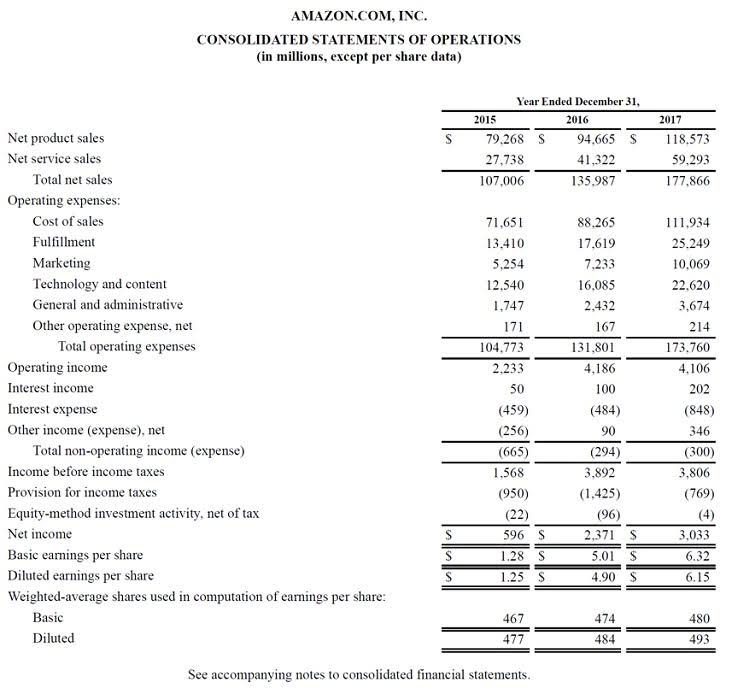
For cases where the company is highly diversified – think Exxon Mobil – you need to value its upstream, midstream, downstream, and other segments separately and add up the values at the end. Simply subtract the expenses from the revenue each year and then multiply by (1 – Tax Rate) to calculate the after-tax cash flows. Then, you’d multiply the production volume times the average price oil and gas bookkeeping each year for all commodities to get the revenue by year. Instead, you assume that the company adds nothing to its reserves and that it produces 100% of its reserves until it runs out of natural resources completely. For E&P companies, there’s an alternate intrinsic valuation methodology called the Net Asset Value (NAV) model that often gives more accurate results.
Exploration and Development Costs

PwC US Energy practice provides audit and assurance, tax, advisory, and consulting services to help energy businesses address key issues. We collaborate with clients and their existing teams to identify the most efficient and cost-effective solutions, whether through full or partial outsourcing. Our goal is to enhance the daily management of our client’s organizations by providing robust financial and operational data through our tailored outsourcing approach. It ensures transparency, aids in regulatory adherence, and provides stakeholders with reliable financial information. Accounting methods and principles should be applied consistently from one period to another.

Comprehensive Guide to Oil and Gas Accounting Practices

Certain services may not be available to attest clients under the rules and regulations of public accounting. One of the unique aspects of PSCs is the concept of “cost recovery.” The contractor is allowed to recoup its exploration and development expenditures from a portion of the produced oil or gas. This mechanism ensures that the contractor can recover its investment before sharing profits with the state. However, there are often limits on the amount of production that can be allocated to cost recovery in any given period, which can impact the contractor’s cash flow and financial planning. Initially, the oil company, often referred to as the contractor, bears all exploration and development costs. These costs are recoverable from the production, known as “cost oil,” once commercial production begins.

Joint Interest Billing (JIB)
For instance, a significant drop in oil prices may lead to a reassessment of the economic viability of certain fields, retained earnings resulting in impairment charges. These charges can have a substantial impact on a company’s financial performance, affecting both its income statement and balance sheet. Depreciation and amortization, on the other hand, apply to tangible and intangible assets, respectively. Depreciation involves the systematic allocation of the cost of physical assets, such as drilling rigs and production facilities, over their useful lives.
- The FASB and IASB are nearing the end of their journey toward enhancing lease accounting.
- This often involves extensive training for accounting staff and the implementation of new software solutions to ensure compliance.
- Accurate accounting helps in valuing these reserves, determining depletion, and providing insights into the company’s overall asset base, influencing strategic decisions and financial planning.
- Given the volatility of oil and gas prices, companies in this industry often engage in hedging activities to manage their exposure to price fluctuations.
- Then, you’d multiply the production volume times the average price each year for all commodities to get the revenue by year.
- It ensures transparent financial reporting, compliance with regulations, and strategic decision-making.
- For E&P companies, there’s an alternate intrinsic valuation methodology called the Net Asset Value (NAV) model that often gives more accurate results.
- As Your Bank for a Lifetime, it’s our mission to create value through lifelong relationships with our neighbors in Pennsylvania and New York.
- We believe managing your finances should be a fulfilling, trouble-free experience… so you can spend less time making a living and more time making a life.
- This annual publication provides an update on accounting, tax, and regulatory matters relevant to the oil and gas industry.
Impairment of oil and gas assets is a critical accounting consideration, particularly given the volatile nature of commodity prices and the substantial capital investments involved. Impairment occurs when the carrying amount of an asset exceeds its recoverable amount, necessitating a write-down to reflect the diminished value. This process is governed by accounting standards such as IAS 36, which outlines the procedures for identifying and measuring impairment.
- Remember that, the accounting tips above, and the NAV model, and you’ll be more than ready to dominate your interviews.
- The impairment assessment typically involves estimating the future cash flows that the asset is expected to generate, discounted to their present value.
- Accurate reserve estimation is crucial for financial reporting, as it affects asset valuation and depletion calculations.
- We collaborate with clients and their existing teams to identify the most efficient and cost-effective solutions, whether through full or partial outsourcing.
- For instance, a significant drop in oil prices may lead to a reassessment of the economic viability of certain fields, resulting in impairment charges.
- These improvements should ultimately lead to being more efficient with fewer resources, but it’s still a work in progress.





